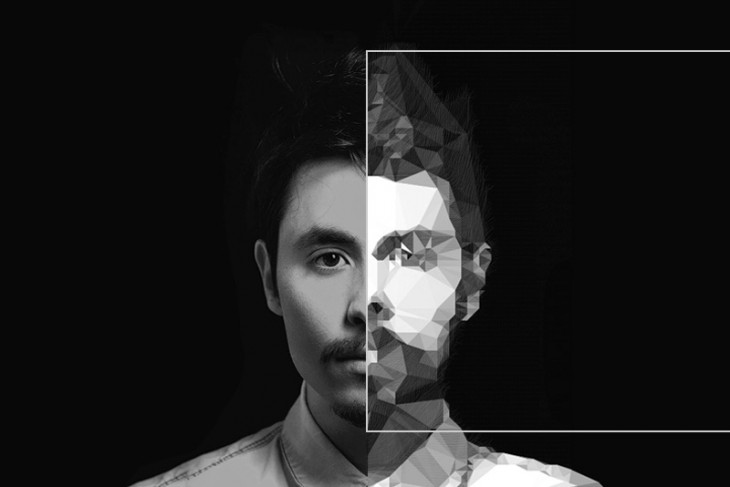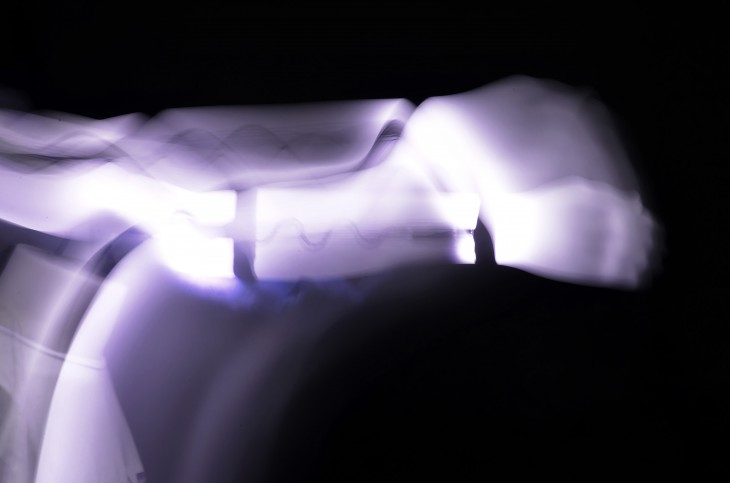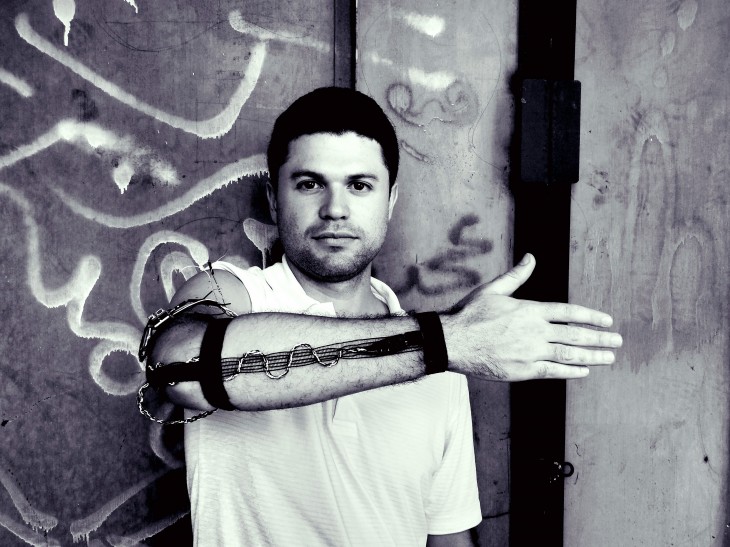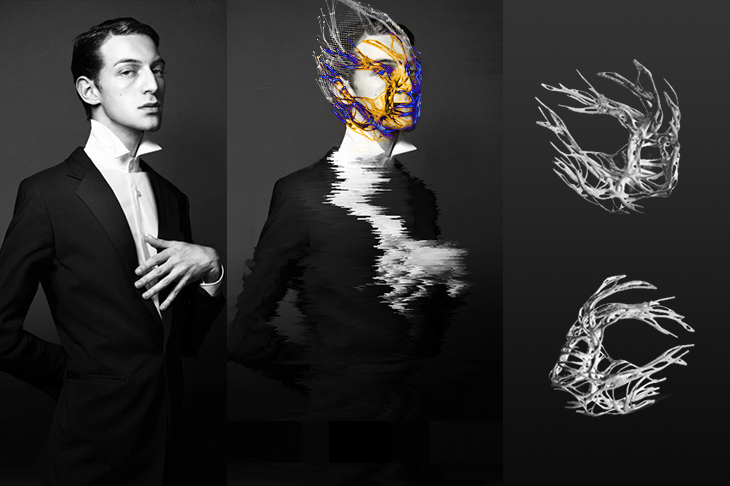In a contemporary context where technology is used mostly to solve practical issues, from medical robots to architectural mechanisms, or to optimized communication, the emotions and senses of the individual are put aside.
Even in the interactive design field, when the body is not excluded from the experience through a screen or any kind of interface, often, the interactive experience is limited to a quick, simple action and does not reply to any level of sophistication.
The interactive object can certainly trigger different kind of reactions, or raise awareness or questions in the mind of the user, but the loop of interaction stays limited, and the object stays therefore disconnected from the space around, from the context in general, and once the experience is finished, from the user him/herself. In an era where the body is being fragmented rather than multiple, disconnected rather than sensitive, it is the responsability of artists/designers/architects to try to use interaction to reconciliate the human with his body, to give back their place to senses and emotions.





